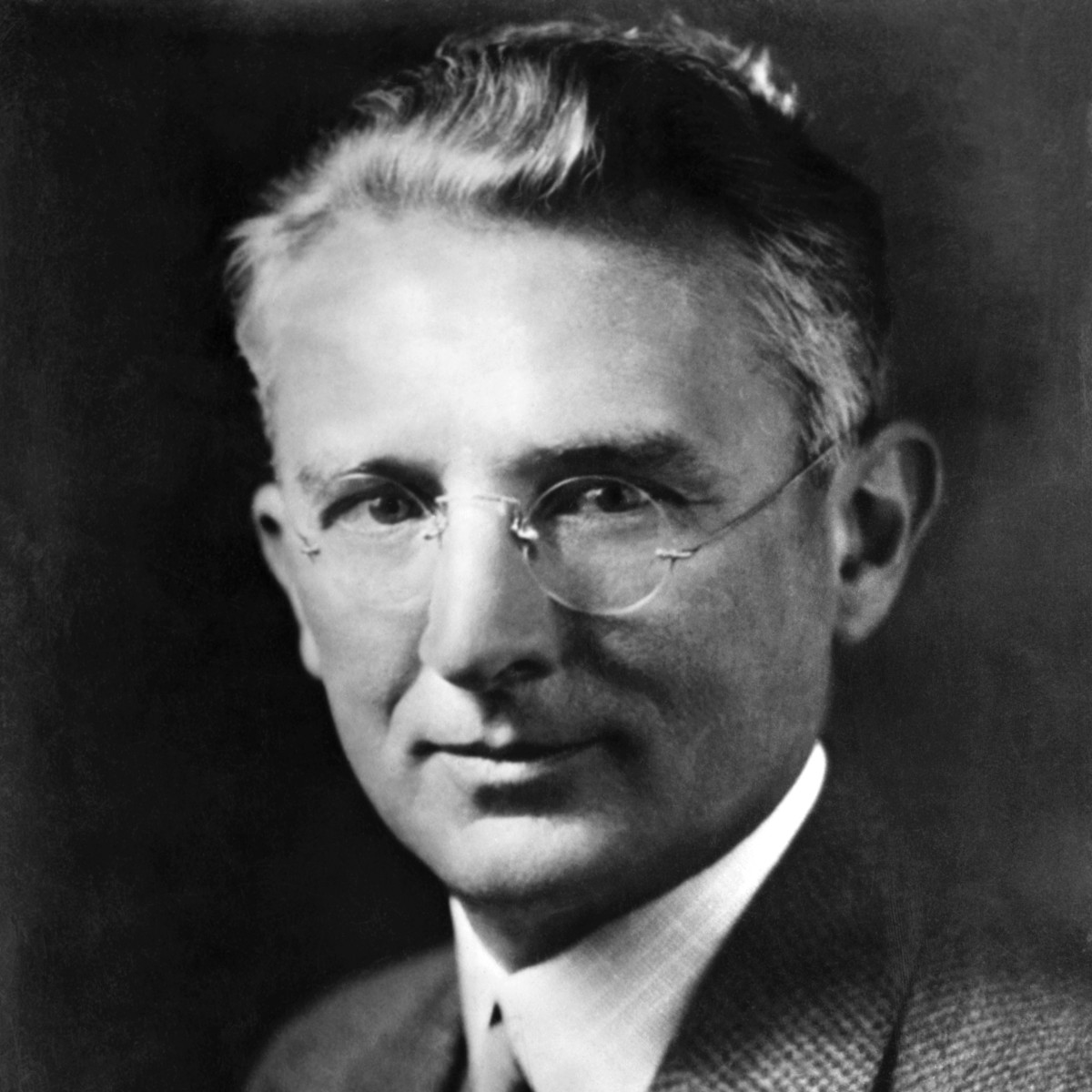
How to Weave Statistics into Your Speech
Jan 4, 2023 | Public Speaking
Have you ever experienced this? You have found an intriguing statistic that strengthens your thesis. You reserve it for the end and make it obvious. You anticipate your audience will experience a flood of emotion, yet Nothing.
No one in your crowd responds at all. Do they not comprehend? You are not alone if this sounds familiar.

In this post, we will look at the value of including statistics in speeches and how to do it well.

Why would you include statistics in a speech?
It is crucial to know how to use statistics in your speeches.
- Your discourse gains realism via statistics. It is acceptable to discuss important concepts in abstract words, but you also need to provide examples. One method to anchor your speech arguments to reality is via numbers and statistics (thus boosting logos). For instance, saying that properly inflated tires can improve fuel efficiency is one thing. It would be far better to say that it may reduce fuel expenditures by $500 annually.
- Your audience may be affected emotionally by statistics (pathos). By disclosing the proportion of children in your neighborhood who will not be receiving gifts this holiday season, for instance, you might heighten the emotional response during your speech about poverty.
- Statistics boost your ethos in two diverse ways. First, employing a statistic shows that you have done your homework and are trying to please the audience. Second, citing figures from reputable organizations (like the World Health Organization) increases your authority by association.
- Statistics have the power to stick with your listeners long after you finish speaking.
How can you pick the appropriate statistics?

One approach to fasten your speech arguments to reality is via numbers and statistics. If you go headfirst into your topic’s investigation, you will soon find yourself awash with statistics. How do you choose which content to use when there is so much info available?

Here are a few things to think about when choosing:
- Which facts would most affect your audience? While it is advantageous if you believe the statistic to be compelling (so that you may talk with conviction), it is more crucial to select facts that your audience will find compelling.
- Which numbers are the most unexpected? This is also based on the audience. You want people in your audience to leave the room telling their friends, "You'll never believe what I learned in a speech today," so that you might do this.
- Which statistics support each of your specific claims? Statistics should not be used in speeches because they are merely interesting facts; rather, they should be tightly related to your main ideas or arguments. Your audience may remember the statistic if it is pertinent to your speech, but they will not remember you or your point if it is not.
The skill of incorporating a statistic into a speech.

You must give your numbers a meaningful context, if you just take away one lesson from this essay. Your audience will not be affected by a number if they lack the understanding necessary to rigorously evaluate it. Consider the scenario where I inform you that Six Minutes has 10,000 subscribers.
You might or might not be impressed. Is that a sizable sum? a tiny amount? You can interpret the data in a more meaningful way if I also tell you that Six Minutes is one of the most popular speaking blogs in the planet (the most popular).
Action Item
Ensure to make your presentation memorable.
The data should be followed by a comparison in relatable, tangible language.
- By relating the history of one of the "numbers," you can give your statistic life. If your statistic, for instance, is the number of breast cancer cases, you might start by recounting the tale of a breast cancer survivor before stating that "she is just one of 100,000 women in this country who will discover they have cancer this year."
- Compare the statistic against a previous iteration of itself. Observing how the value has evolved from one year to the next, or from one decade to the next, might be the most impactful component.
- Do not assume your audience will just "understand it." Describe how the statistic relates to your point of view. Typically, a clear statement like "This is significant because..." works best
delivering the statistic to ensure its impact

One of the twenty-five crucial speaking abilities is an effective use of statistics. Which twenty-four are left? If you followed one of the earlier suggestions for incorporating the statistic into your speech, your efficacy will still depend on how well you communicate the message. Here are a few strategies you can employ to achieve the desired result:
Pro Tip
Leave the greatest impact on your audience.
- Put a little emphasis on it. Earlier in the speech, you can do this to create tension (for example, "In a moment, I'm going to reveal a startling statistic that will change the way you view civic politics...") or you can use a direct, succinct approach (for example, "If you remember just one thing from this speech, remember this...")
- To build tension, pause just before the statistic.
- Speak with clarity and at a slightly slower pace than usual. This will also indicate how significant the statistic is.
- To allow your audience enough time to comprehend the meaning and "feel" the effect, pause immediately following the statistic (a bit longer than before).
- Make gestures to convey the scale. One way to project size is to stand with your arms spread wide.
- To convey the right response, use facial expressions. (For example, express your personal astonishment, sadness, or shock.)
- You might show a slide that corresponds with your statistic if you are presenting your information using slides. To emphasize the size of the number, you can use a chart. To convey a more emotional message, you might use a picture. Whatever you do, keep the slide as simple as possible! You want your audience to understand the meaning of what you say to them clearly.









Recent Comments